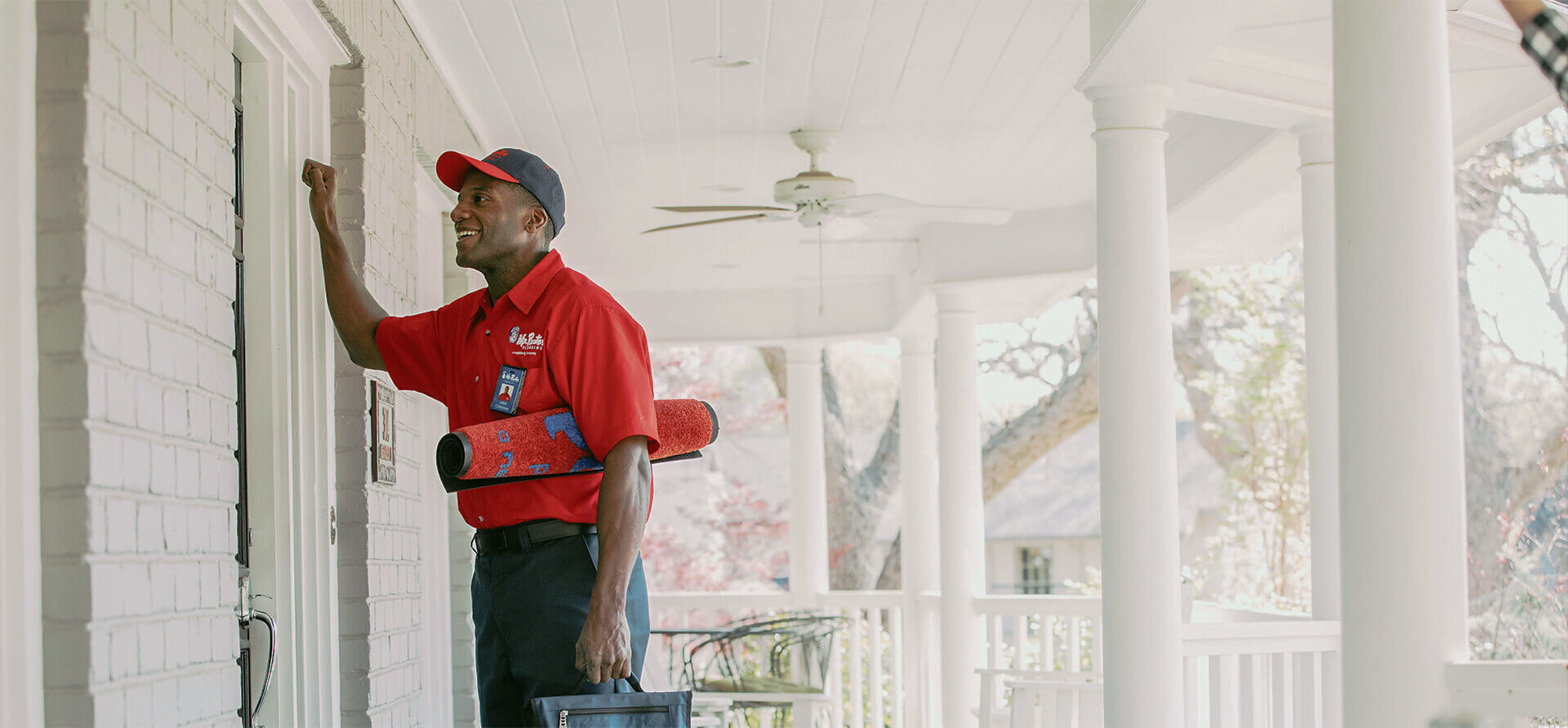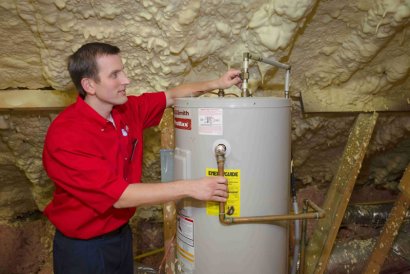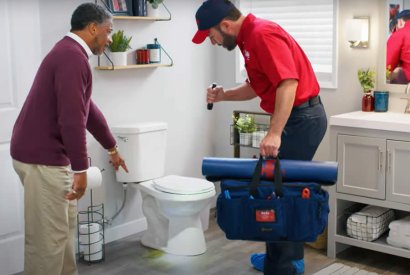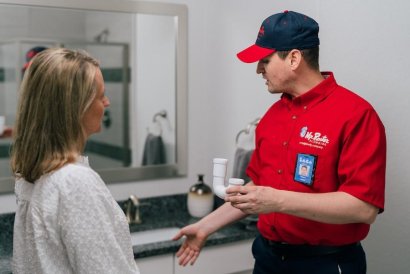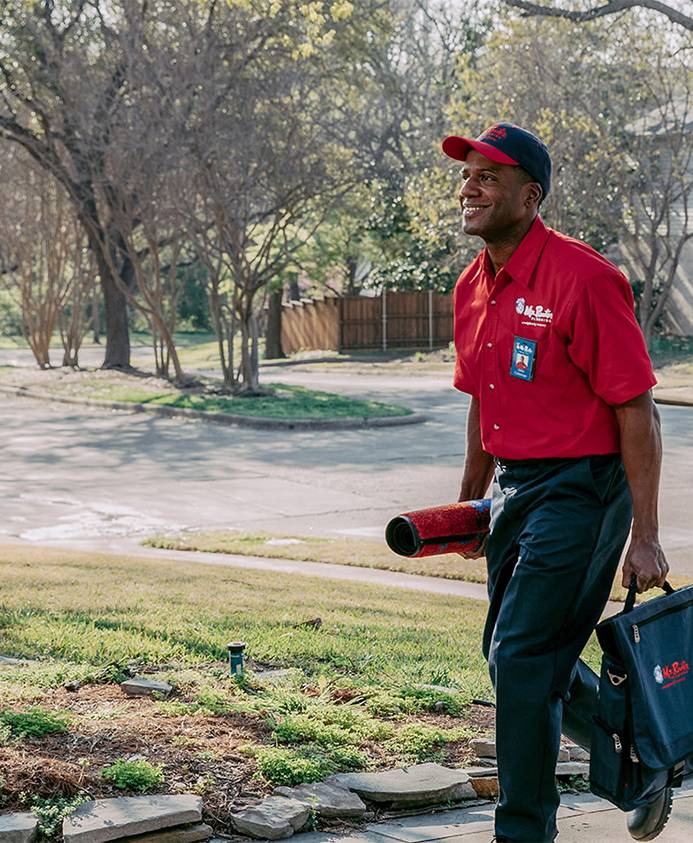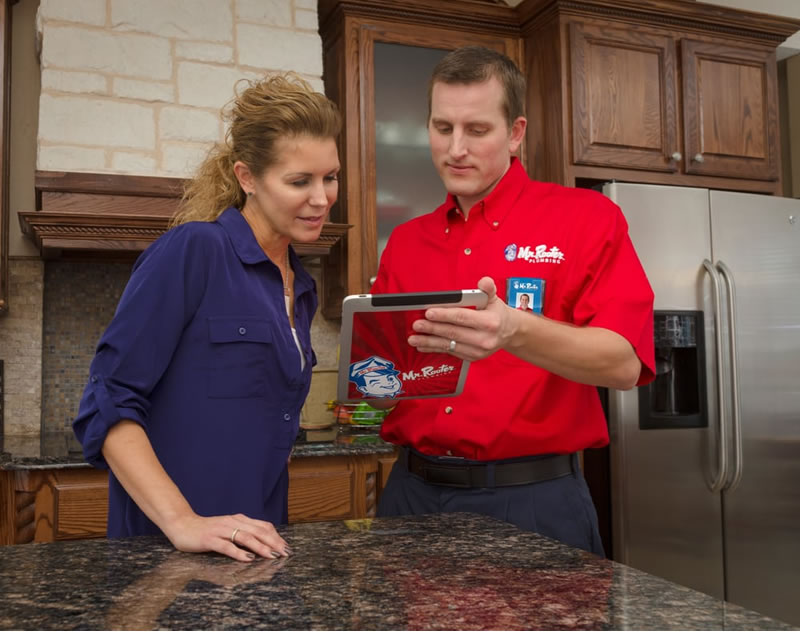The kitchen is the heart of the home, and a smoothly functioning plumbing system is essential for keeping things running like clockwork. But even the most careful homeowners face kitchen plumbing issues from time to time. Today, we outline the most common kitchen plumbing problems and how to fix them.
- Clogged Kitchen Sink Drain
This is certainly one of the most common kitchen plumbing problems that homeowners experience. The common culprit behind clogged kitchen sink drains is a buildup of grease, food scraps, and soap scum. Some of the telltale signs of a clogged kitchen sink drain include slow drainage, gurgle-gurgling sounds, and standing water in your sink.
How To Fix a Clogged Kitchen Sink Drain
Start by removing any visible debris from the drain, then try using a plunger to dislodge the clog. If that doesn't work, a mixture of baking soda and vinegar can help break down the blockage. For stubborn clogs, a plumber's snake may be necessary to reach and remove the obstruction. If you’ve tried all DIY techniques with no success, it is time to call a nearby plumber to help you with professional drain cleaning.
A leak under the kitchen sink can stem from various sources, including loose connections, damaged seals, a broken pipe, or issues with the faucet base. If you notice puddles or dampness under the sink, you’ll know there’s a leak that needs to be repaired. Left unchecked, it can lead to water damage and mold growth.
How To Fix Leaks Under the Sink
Identify the source of the leak by checking connections, pipes, and seals under the sink. Tighten loose connections, replace damaged or worn-out seals, and consider using plumber's tape for threaded connections. If the problem persists, it may be best to consult a professional plumber for a thorough inspection.
The constant drip-drip-drip of a leaky faucet is not only annoying, but it's also a waste of water and money. The common culprit behind leaky faucets is worn-out or damaged internal components, such as O-rings and washers.
How To Fix Leaky Faucets
The first thing to do when you have a leaky faucet is to turn off the water supply to the faucet and then disassemble it to examine the internal components. Replace worn-out or damaged parts such as O-rings and washers. Ensure all connections are tight when reassembling. If the leak persists, consider replacing the entire faucet, or seek assistance from a plumbing service.
- Malfunctioning Garbage Disposals
Garbage disposals can malfunction due to foreign objects, excessive food waste, electrical issues, or mechanical failures. Some of the common signs of a faulty garbage disposal include failure to turn on, unusual noises, jamming, and foul odors.
How To Fix a Malfunctioning Garbage Disposal
Start by turning off the disposal and checking for any visible obstructions. Use a hex wrench to manually rotate the disposal blades and free up any stuck objects. If the disposal still doesn't work, press the reset button located on the bottom of the unit. If issues persist, it's advisable to consult a plumber for further diagnosis and garbage disposal repair.
Trust Mr. Rooter Plumbing for All of Your Kitchen Plumbing Needs
When faced with kitchen plumbing challenges beyond your DIY capabilities, trust the expertise of Mr. Rooter Plumbing. Our experienced plumbers are equipped to handle a wide range of kitchen plumbing issues professionally. From clogged drains to leaks and appliance malfunctions, we provide reliable solutions to ensure your kitchen plumbing works seamlessly. Contact us today for expert assistance and peace of mind in your kitchen.


